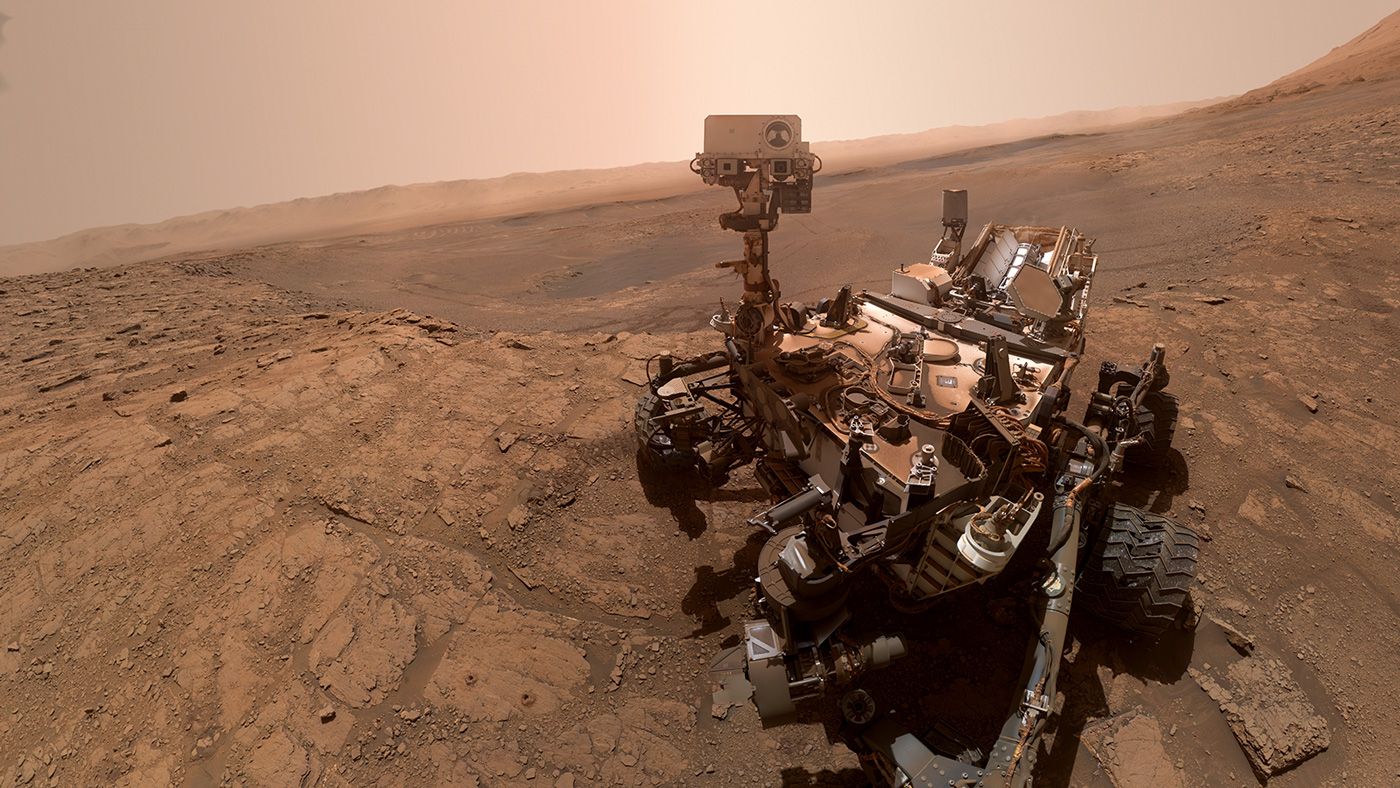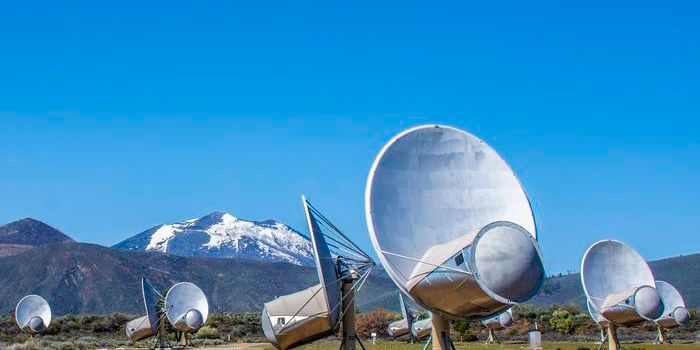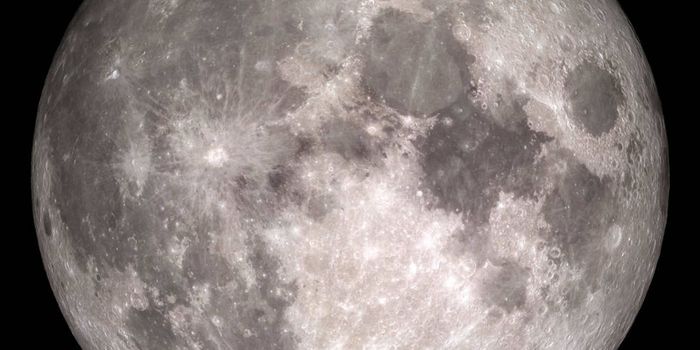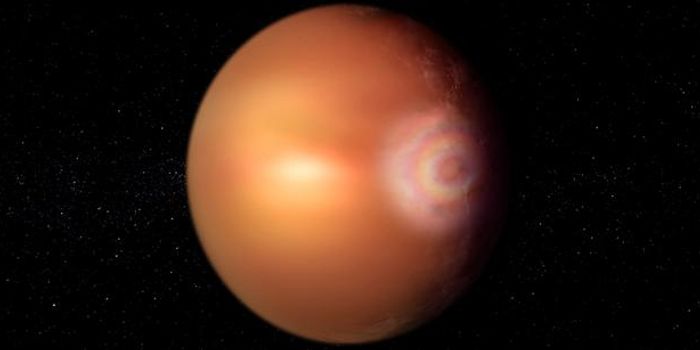NASA's Curiosity Rover Discovers Carbon on Mars
In a recent study published in the Proceedings of the National Academies of Sciences journal, Christopher H. House of the Earth and Environmental Systems Institute at The Pennsylvania State University and collaborators present evidence of unusual carbon signatures detected on the surface of Mars by NASA’s Curiosity rover.
Since landing on Mars in August 2012, NASA’s Curiosity rover has been exploring Gale Crater and drilling into the surface to recover samples of sedimentary layers of rock throughout the area. To analyze the carbon abundance on surface of Mars, the obtained samples of rock are heated to extreme temperatures to turn the solid rock into gas. Then, spectroscopic analysis of the gas can be done to allow scientists to understand the composition of the sampled rock. The samples uncovered a vast range of various carbon isotopes, specifically carbon 12 and carbon 13. The isotopes of a specific element are atoms that have different masses due to possessing a different, distinct number of neutrons. Isotopic abundances can help to uncover important clues in the chemical and biological evolution of planets. Carbon is an extremely important element since it is crucial to all life on Earth. Thus, measuring the abundances of carbon isotopes can tell us which chemical processes were most prevalent in the environment being studied. Some of the samples obtained by Curiosity were greatly depleted in carbon 13, while other samples were enriched in carbon 13. House says that the amount of these isotopes in our solar system is set at its formation, but because carbon 12 reacts more quickly than carbon 13, the relative abundances of each in rock samples can reveal the history of the carbon cycle on Mars.
The hypotheses developed by the team for the origin of these carbon signatures must be based on the planet that we understand the best -- the Earth. The researchers warn that the geologic history and current conditions on Earth and Mars are so vastly different that caution must be used when drawing these conclusions.
The team of scientists offer several possible explanations for the unusual carbon signatures:
- the carbon could have been deposited from a rare event that occurred a couple hundred million years ago, in which the solar system passed through a giant molecular cloud rich in carbon dust,
- ultraviolet light interacted with the carbon dioxide gas in the Martian atmosphere, which produced new organic compounds which were deposited on the surface,
- or Mars may have had large plumes of methane that were being released from below its surface, then the methane could either be consumed by microbes on its surface or could react with ultraviolet light and be deposited directly on the surface.
Does this mean there was life on Mars? Unfortunately, probably not. No definitive conclusions can be made as to the origin of the carbon signatures on Mars until further evidence about the geologic history of Mars can be obtained. Either way, scientists insist that there is clear evidence that on ancient Mars there existed a unique carbon cycle unlike anything that exists on Earth today.
Sources: The Pennsylvania State University, Phys.org
-
APR 30, 2024Immuno-Oncology Virtual Event Series 2024
-
MAY 07, 20243rd International Biosecurity Virtual Symposium
-
SEP 03, 2024Microbiology Week Virtual Event Series 2024
- See More


















































